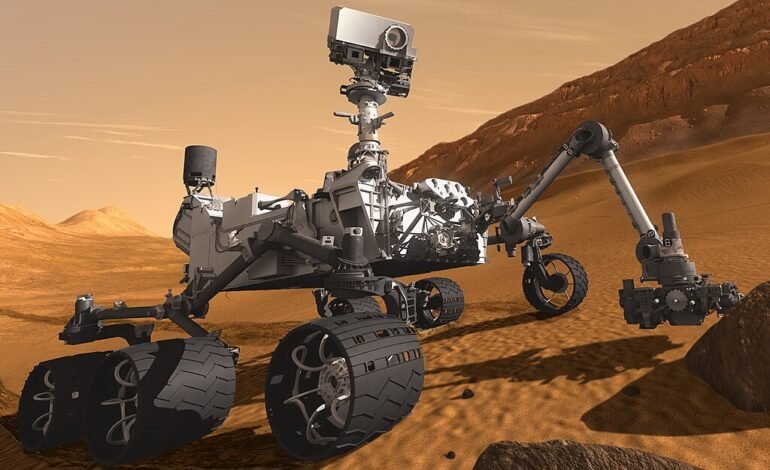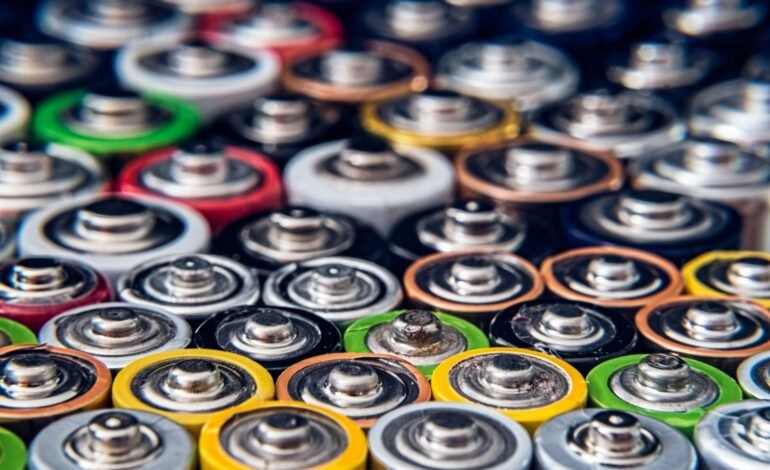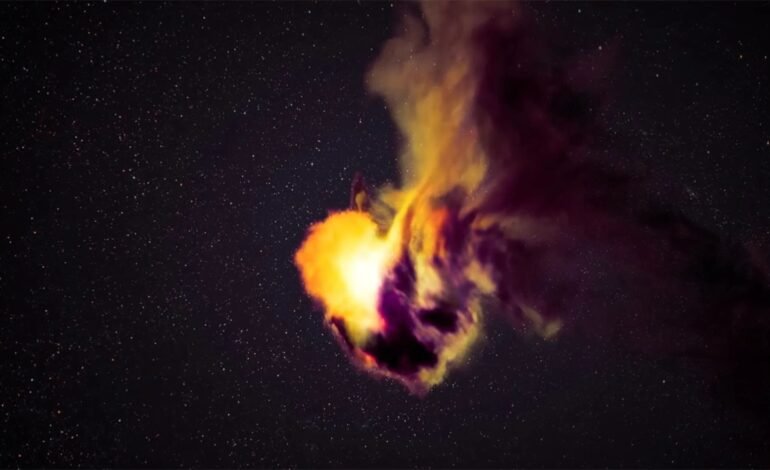Curiosity Rover learning to multitask on Mars

NASA’s Curiosity Rover landed on Mars thirteen years ago, and engineers are finding ways to make it even more productive, allowing it to work harder and use less energy from its batteries. The six-wheeled robot has been given greater autonomy and the ability to multitask, improvements made to make the most out of its energy source.
This means that the rover has all the power it will need to continue to study the Martian landscape and discover how the planet’s climate changed, transforming it from a world of lakes and rivers into the freezing desert we see today.
The Curiosity Rover rolled into an area filled with boxwork formations, hardened ridges believed to have been created by an underground water billions of years ago. The formations stretch form miles on Mount Sharp, a 3-mile (5-kilometre) tall mountain. The formations could unravel whether microbial life could have once survived on Mars, extending the period of the planet’s habitability to long after it was drying out.
Aside from driving around and extending its robot arms, the Curiosity Rover has a radio, cameras, and 10 scientific instruments, all of which need energy. The multiple heaters that keep the electronics and mechanical parts operating at their best also require power. The previous Spirit and Opportunity rovers, and the InSight lander, relied on solar panels to recharge their batteries. But that has the risk of not getting enough sunlight to power them.
Instead, the newer rovers, Curiosity and Perseverance, use MMRTG nuclear power sources, relying on decaying plutonium pellets to generate the energy they need to recharge the batteries. This gives them ample power for their instruments. MMRTGs are also known for their longevity. But as the plutonium continues to decay over time, it can take longer to recharge the batteries, leaving less energy daily for research.
The team at NASA carefully manage the rover’s daily power budget. They factor in every device that draws energy from the batteries, taking into consideration the weather on the planet such as dust, radiation, and sharp temperature swings.
Stay tuned to EyeOnLondon for the latest news and expert opinions.
Follow us on:
Subscribe to our YouTube channel for the latest videos and updates!
We value your thoughts! Share your feedback and help us make EyeOnLondon even better!









